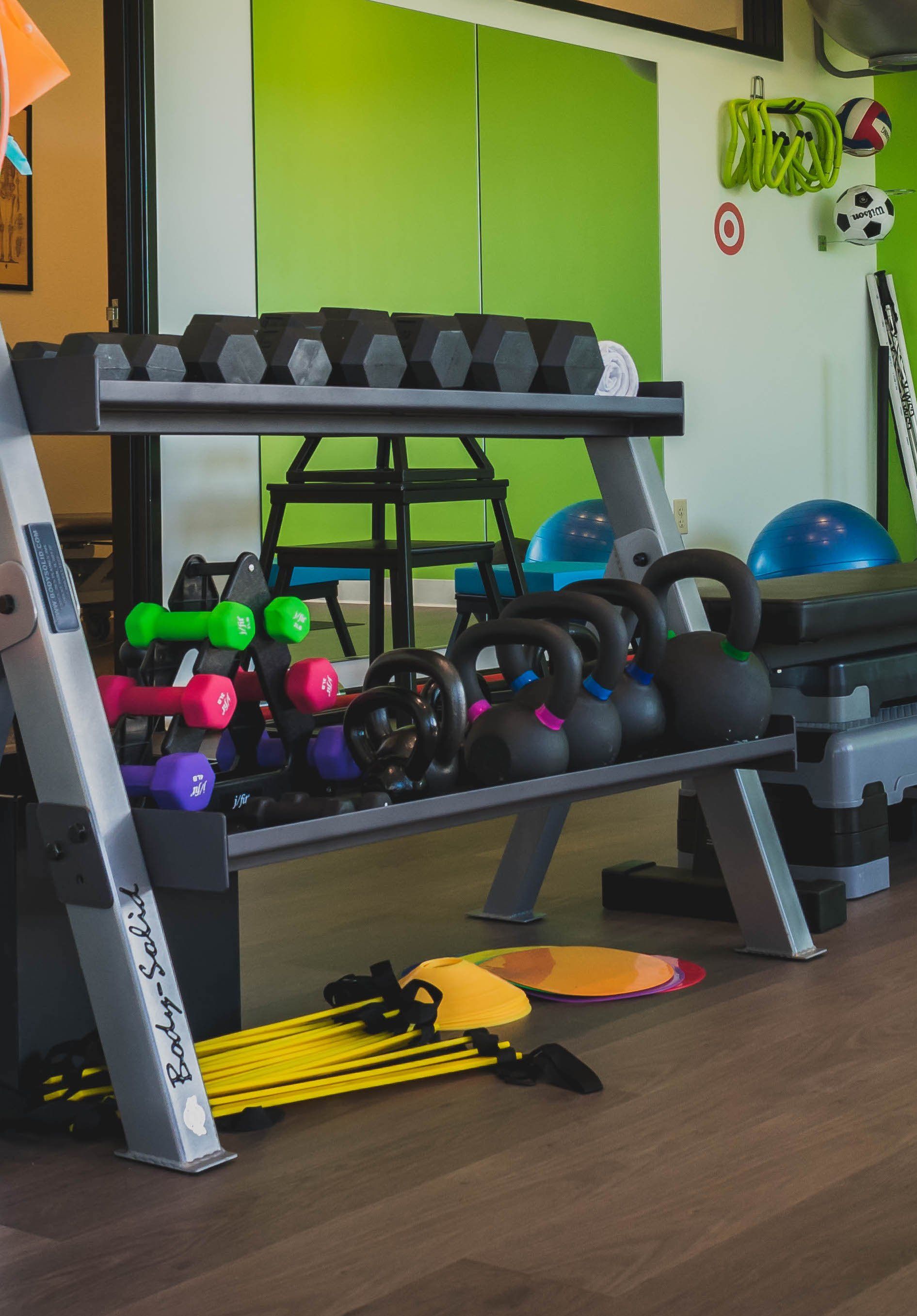Shoulder
Shoulder Treatment
Shoulder Treatment
The shoulder is one of the most complex joints in the entire body due to the degree of movement it performs and the everyday demand on it. Pain in the shoulder is incredibly common and something that we frequently treat in physical therapy. In fact, it’s estimated that up to 67% of the population will experience some sort of shoulder pain in their lifetime. As anyone who has experienced pain in the shoulder knows, it can be extremely debilitating and can have a serious impact on your daily activities because the shoulder is involved in so much that people do! When shoulder pain is present, it’s important to pinpoint contributing factors that are leading to increased demand of a particular part of the shoulder. Patients who seek treatment quickly and address the issue appropriately can provide the ideal healing environment to allow the body to recover in a normal, timely manner. Delaying treatment can lead to further compensation and may complicate the issue.

What is Causing My Shoulder Pain?
A large number of shoulder problems are the result of a gradual irritation over time although shoulder pain may also be the result of a sudden injury like falling onto the arm, lifting something in an awkward position or something that is too heavy. Symptoms that are typically associated with shoulder conditions include pain that is sharp, throbbing, dull or achy, limited range of motion, weakness, tingling or numbness down the arm and even into the hand and fingers.
Due to the demand of their sport, overhead athletes such as baseball players and weightlifters should be especially proactive about their mechanics and shoulder health. Not only athletes, but sedentary workers should also be aware of how their posture is contributing to the demand of their shoulder as this may also lead to pain. Occasionally, shoulder pain occurs with no apparent source. Two thirds of shoulder pain cases are directly related to an issue with the rotator cuff.
Some of the most common types of shoulder pain include:
-
Shoulder Impingement
-
Labral Pathology
-
Rotator Cuff Tear / Tendonitis
-
Frozen Shoulder
-
AC Joint
When Should I Seek Treatment for my Shoulder Pain?
The sooner the better to provide the best recovery environment. Very often, shoulder pain can be resolved in a relatively short amount of time. Unfortunately, many people wait until their daily activities or exercise routine are heavily affected and waiting until this stage can extend recovery time, anywhere from a 6 week to a 4 month prognosis. In more extreme cases, waiting for the condition to worsen can lead to chronic inflammation, increased sensitivity and potentially tissue damage.
How Can Physical Therapy Help With My Shoulder Pain?
When it comes to shoulder pain, physical therapy is the most multi-faceted option for treatment. Patient education is at the forefront of our work as we help you recognize activities in your daily life that may be contributing to pain. The goal of physical therapy is to allow you to continue doing the activities that you love so we’ll offer alternatives and modifications to these daily behaviors so that you’re not aggravating your condition. It’s the physical therapist’s job to help you understand what’s happening to your shoulder, why, and individualize your treatment plan based on your specific lifestyle.
Your physical therapist will consider your history: What replicates your symptoms? What makes it better? What makes it worse? It’s important for your PT to get an idea of how you’re spending your time to get a sense of what the shoulder is being asked to do. Patients who work at a desk all day for instance, may not think that this information could be relevant to their shoulder pain, when their desk setup could actually be a contributing factor.
Your PT will also conduct range of motion tests, assess joint mobility, strength and mechanics while moving. Most importantly, they will identify if the pain is reproduced with specific shoulder movements/aggravation and perform special tests to bias particular tissues in the shoulder. This allows PTs to gauge your current state and to come up with a plan of care that best fits your needs.
Rotator cuff training and scapular strengthening are commonly incorporated in shoulder rehabilitation because these muscle groups are enormously valuable. These groups work together to provide a stable and aligned shoulder. Your PT will work with you to build stability, strength and endurance. In addition, your physical therapist may use other techniques, such as:
- Soft Tissue Mobilization to improve tissue length and tone to optimize the muscle’s ability to actively contract or lengthen.
- Joint Mobilization to improve mobility of the shoulder and to decrease pain.
- Stretching to improve range of motion and help you return to your normal activities without pain.
- Patient Education to give you the necessary tools to gain control over your recovery and progress.
- Custom Exercises based on your specific condition to improve and maintain range of motion, strength and coordination.
Physical therapy is very low risk, safe and individually designed to address the longevity of your shoulder joint and prevent any issues of pain or discomfort from arising again. For a long-term fix and success down the road, physical therapy is the right option. To learn more about how to prevent shoulder pain injuries or to eliminate any current discomfort, book a physical therapy assessment today.